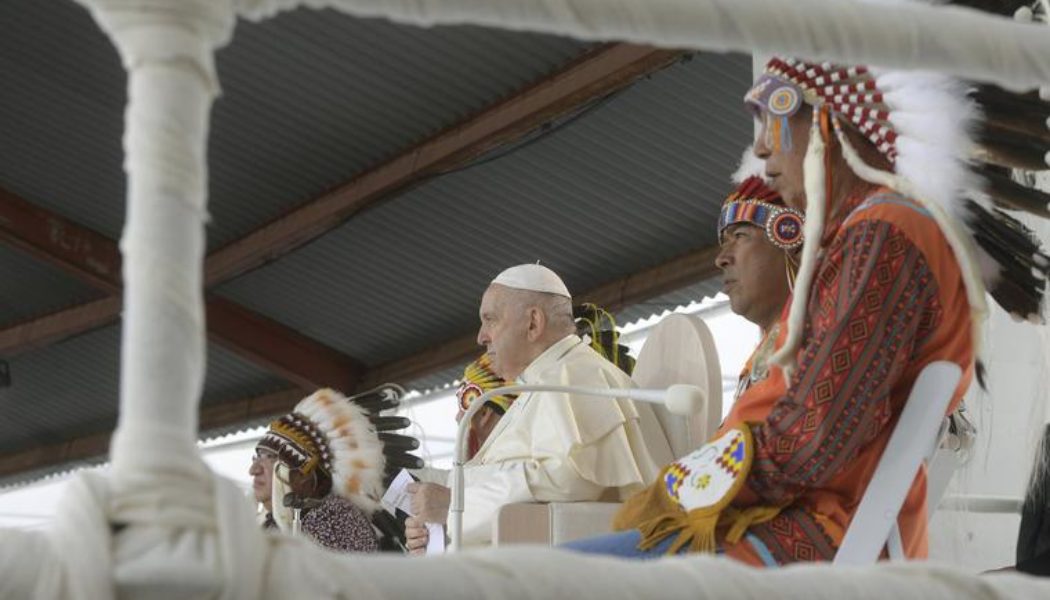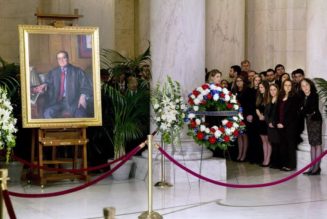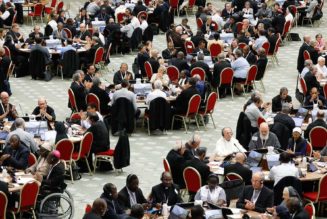
COMMENTARY: Seeking to lift the apology debate out of the ‘how-much-is-enough’ and’ when-will-this-be-over’ dynamic, the Holy Father proposed a reconciling ecclesial vision of a Church both holy and sinful.
Pope Francis made his apology in Canada an explicitly ecclesial act, namely an act of the Church which is called to be an instrument of reconciliation.
After 30 years of apologies from the Catholic religious orders involved in Indigenous residential schools — and notably from Pope Benedict XVI in 2009 at the Vatican — the framework of apologies, from both churches and the state, evolved into a rather bureaucratic policy framework. Apologies were negotiated as part of settlement agreements or demanded by commissions of inquiry, with certain conditions to be met.
Thus apologies became legal and political instruments, which have their uses. But the Holy Father had something more in mind.
Speaking Monday morning at Maskwacis, he began by inserting his apology to Indigenous Canadians into the history of Canada, the history of the Church and the history of salvation — making his personal statement something of a communal act.
Pope Francis said that “in the face of this deplorable evil, the Church kneels before God and implores his forgiveness for the sins of her children,” with a citation to St. John Paul II’s 1998 papal bull for the Jubilee 2000.
The cited section of Incarnationis Mysterium begins with the simple statement, “The history of the Church is a history of holiness.” That is highly contested by some Indigenous leaders, who were upset that the apology of Pope Francis — though well received by those present to hear it in person — did not say that Catholic Church itself was at fault.
The distinction between the Church and its members, if understood purely in a political or legal light, seems to some a sort of dodge or evasion. The Holy Father, though, insisted upon the ecclesiological point: that not all members were guilty, and that the Church itself, which is the body of Christ, remains holy.
He developed that theme at some length at his visit to the Sacred Heart Church of the First Peoples, an Indigenous parish in Edmonton. There he attempted to shift the framework from a legal and political relationship between the Church and Indigenous communities to an ecclesial communion in which all are members together of the same body. Reconciliation thus is not something accomplished by two communities in growing concord, but rather by members of the same community who participate in an authentic communion.
The finer theological points may have been lost on many, but Pope Francis on Monday wanted to lift the 30-year old apology debate out of the “how-much-is-enough” and “when-will-this-be-over” dynamic.
“The Church is this living body of reconciliation,” Pope Francis said. “One cannot proclaim God in a way contrary to God himself. And yet, how many times has this happened in history! While God presents himself simply and quietly, we always have the temptation to impose him, and to impose ourselves in his name. It is the worldly temptation to make him come down from the cross and show himself with power. Yet Jesus reconciles us on the cross, not by coming down from the cross.”
Pope Francis thus proposed a cruciform model of both evangelization and reconciliation. Evangelical energy falls into the excess of abuse when it seeks to impose itself by power, to “come down from the cross.” Reconciliation proceeds when the crucified One unites all to himself, including both the abused and the abusers. The goal is no longer to simply acknowledge offenses, but to restore both the violated and the violators to peace through the blood of the cross.
Whether the reconciling ecclesial vision of a Church both holy and sinful, the body of Jesus who is both anointed and cursed on the cross, will shift the residential schools debate in Canada remains to be seen. But Pope Francis offered that vision, for the Church both to acknowledge her failings and her holiness precisely as a Church.
There is a risk in that approach. A secular framework will always find it unsatisfactory, even obdurate. Yet if the goal is not just peaceable relations with Indigenous Canadians outside of the household of faith, but rather healing in the heart of the Church herself, then that risk must be taken. The Church has to offer not only an apology from the Pope, but the proclamation of Christ crucified and risen from his vicar.
Join Our Telegram Group : Salvation & Prosperity









